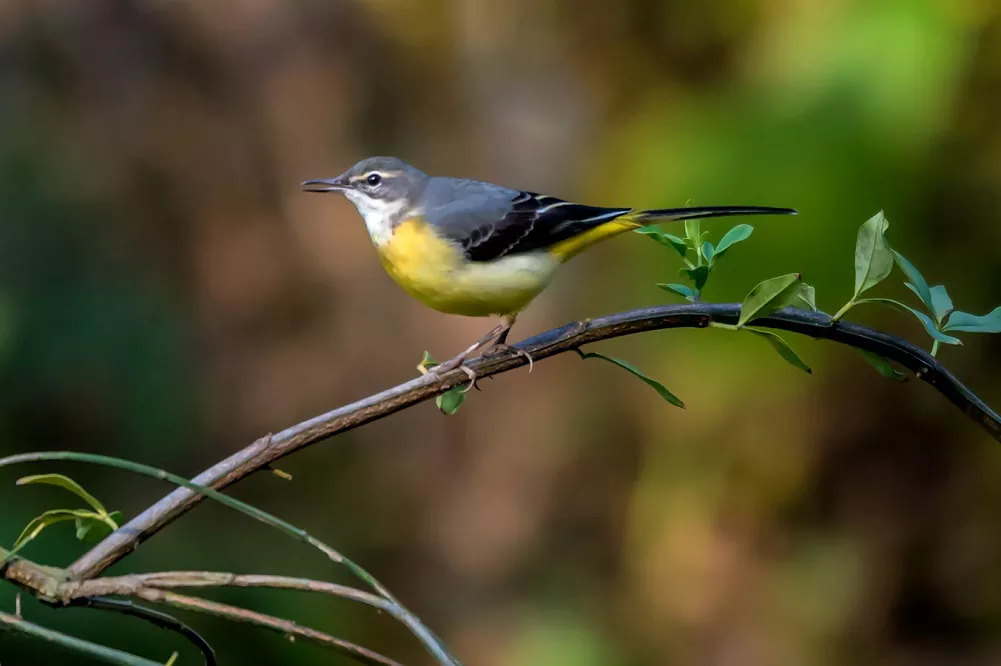The grey wagtail (Motacilla cinerea) is a small, insect-eating bird that is widely distributed across Europe and parts of Asia. This elegant bird is characterized by its long, slender tail, and distinctive yellow underparts that contrast sharply with its grey upperparts.
Grey wagtails are known for their adaptability, and they are often found in a wide range of habitats, including fast-flowing rivers, streams, and wetlands. Despite being a common sight in many areas, little is known about the lifespan of grey wagtails in the wild.
According to research, the grey wagtail has an average lifespan of around three years. However, some individuals have been known to live for up to 5 years in the wild. Factors such as habitat quality, food availability, and predation risk can all influence the survival and longevity of grey wagtails.
In captivity, grey wagtails can live for much longer than they do in the wild. With proper care and attention, these birds have been known to live for up to ten years or more. However, it’s worth noting that captivity can never replicate the natural environment of these birds, and keeping them as pets is generally discouraged.
Grey wagtails are migratory birds that breed in northern and central Europe and spend the winter in southern Europe and North Africa. During the breeding season, males perform elaborate courtship displays to attract females, which involves bobbing and dipping their heads while spreading their tails.
The breeding season for grey wagtails typically runs from April to July, during which time females lay clutches of four to six eggs in a nest made from grass, leaves, and moss. The incubation period lasts for around two weeks, after which time the chicks are born with a covering of down feathers.
As with many bird species, grey wagtails face a range of threats in the wild, including habitat loss, pollution, and predation by domestic cats and birds of prey. Climate change is also likely to have a significant impact on these birds, as changes in temperature and rainfall patterns can affect their breeding and migration patterns.
In conclusion, the grey wagtail is a fascinating and adaptable bird with a relatively short lifespan in the wild. While much remains unknown about these birds, ongoing research is helping to shed light on their behavior, ecology, and conservation needs. By protecting the habitats and resources that these birds rely on, we can help to ensure that they continue to thrive for generations to come.


 Facebook
Facebook  Instagram
Instagram  Youtube
Youtube 